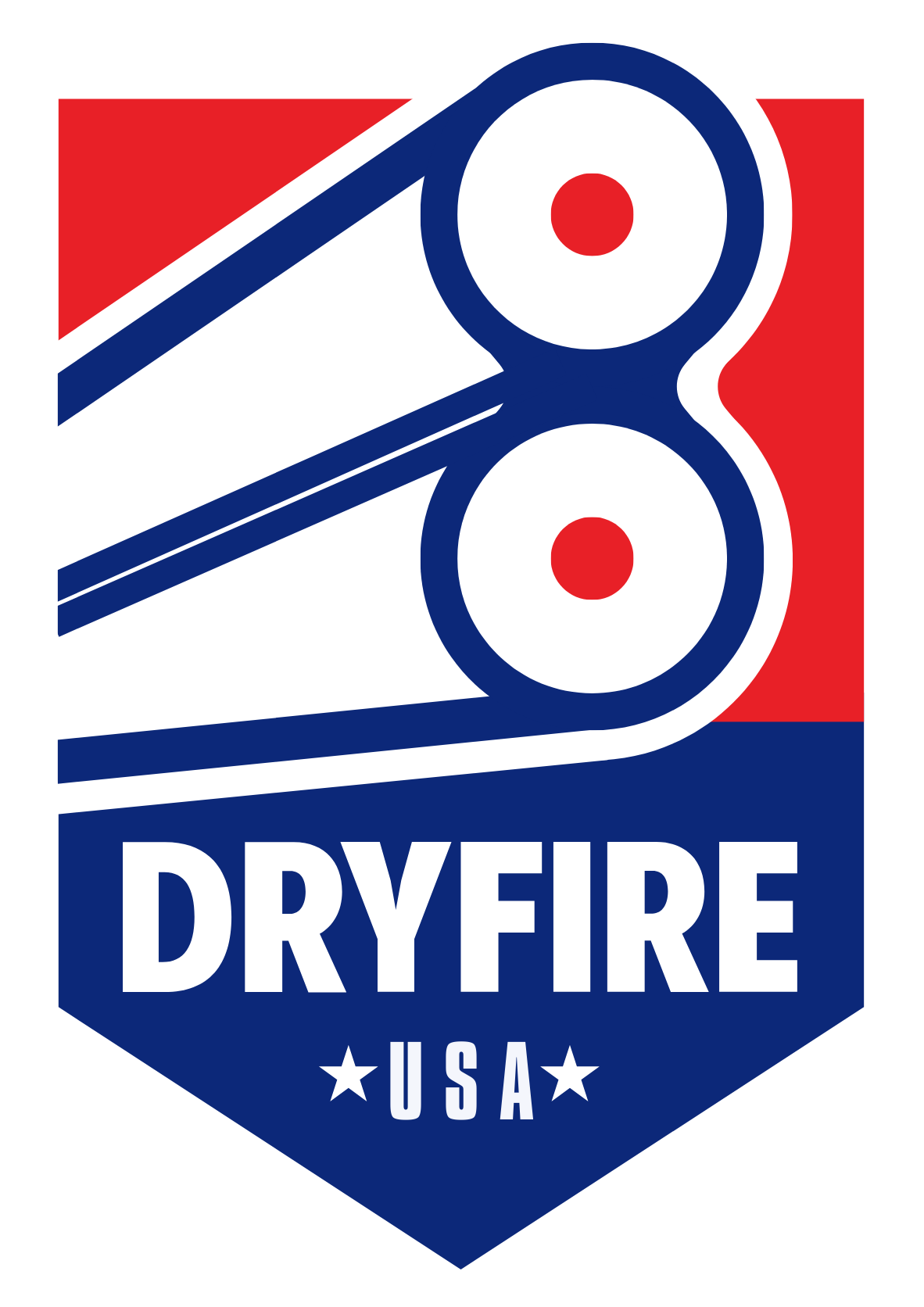How does DryFire compare with other systems?
June 2, 2022What variables does DryFire take into consideration for targets and shots?
June 2, 2022There are a few considerations here:
No recoil
There is no recoil when you press the trigger with DryFire. You hear the “bang” on your PC speaker, and you can turn that up as loud as you wish, but you get no recoil.
Recoil can bring about its own problems – flinch (the anticipation of recoil) being the main one.
Watch a shooter the very first time he uses DryFire and you will likely see him move slightly backwards when he presses the trigger – he is anticipating the recoil. It shows that many more people suffer from flinch than realize it.
We do not claim that DryFire is a cure for flinch but it does do two things:
• It identifies if you do flinch when pulling or releasing the trigger.
• It allows you to practice with no recoil until there is absolutely no movement of your shoulder when you press the trigger.
Two dimensional targets
DryFire targets are accurate – they fly at the same speed and angles as clays at the club. Because DryFire displays the target on a two dimensional surface (a wall) you don’t get the same impression of distance as you do on the range.
Take a look at the answer to the FAQ question: Is the simulator exactly the same as the real thing?” to see what we have done to overcome this.
Motor backlash
DryFire uses low-cost servo motors (the sort used in model aircraft) to drive the target laser and camera. These motors have a finite life and they are designed to be replaced when eventually they wear out. They are available world-wide from model shops and they are available from DryFire as low-cost spares.
All types of motors suffer from backlash – the movement in the gear-train as it changes from one direction to another. DryFire targets therefore jerk very slightly when the target changes direction – for example, when an upward moving target reaches the top of its flight and begins to fall to the ground.
This effect is minimal with fast targets that have a large amount of angular movement – such as sporting crosser’s or targets on Skeet Station 4. The effect is slightly more on going away targets which rise very little and which have very little movement across the shooter’s angle of view – trap shots for example.
We could have used other types of motors (direct DC motors with position feedback via encoders, or stepper motors) but they have two major drawbacks that ruled them out:
• They are very heavy
• They are very expensive
Such motors would be of marginal benefit and require more complex electronics, a more powerful power supply and a totally different way of mounting the camera and target laser. In all they would have almost doubled the retail price of the system. We did not feel that this was a good idea – we can live with a very slight jerk because of all the benefits that DryFire brings.
